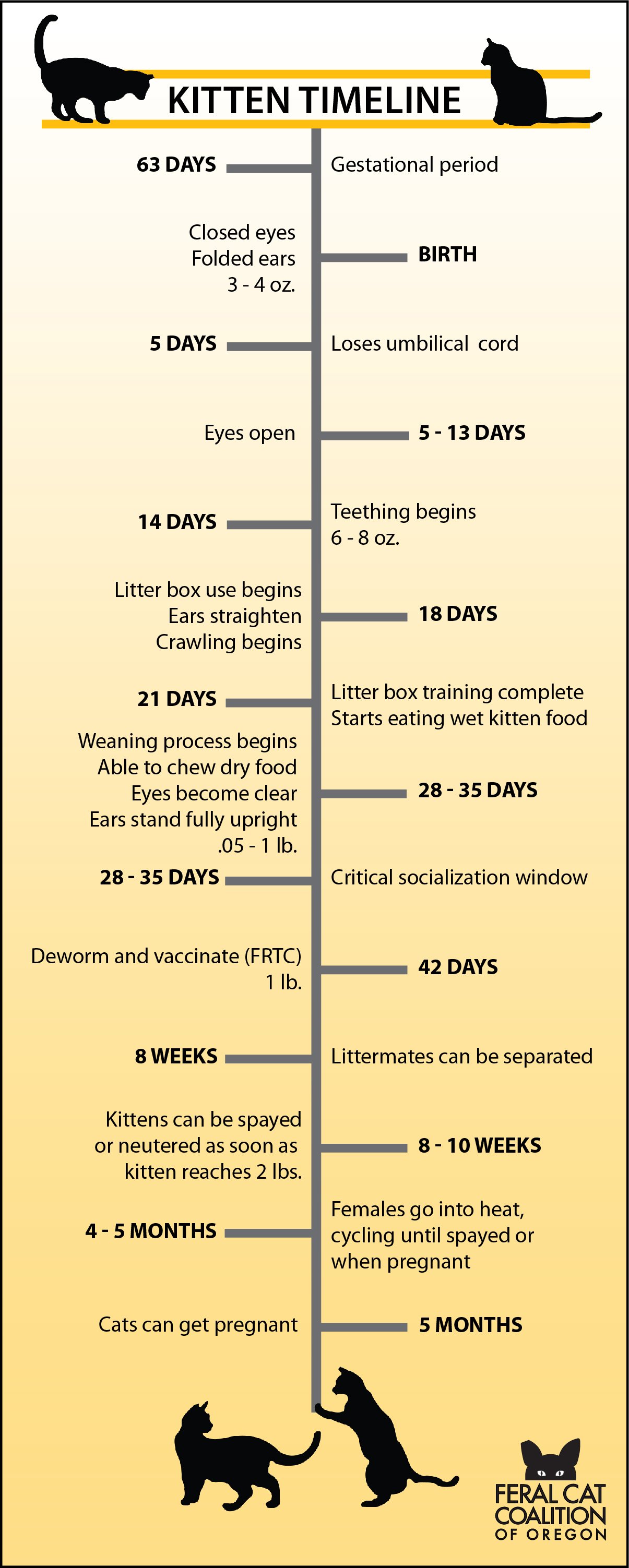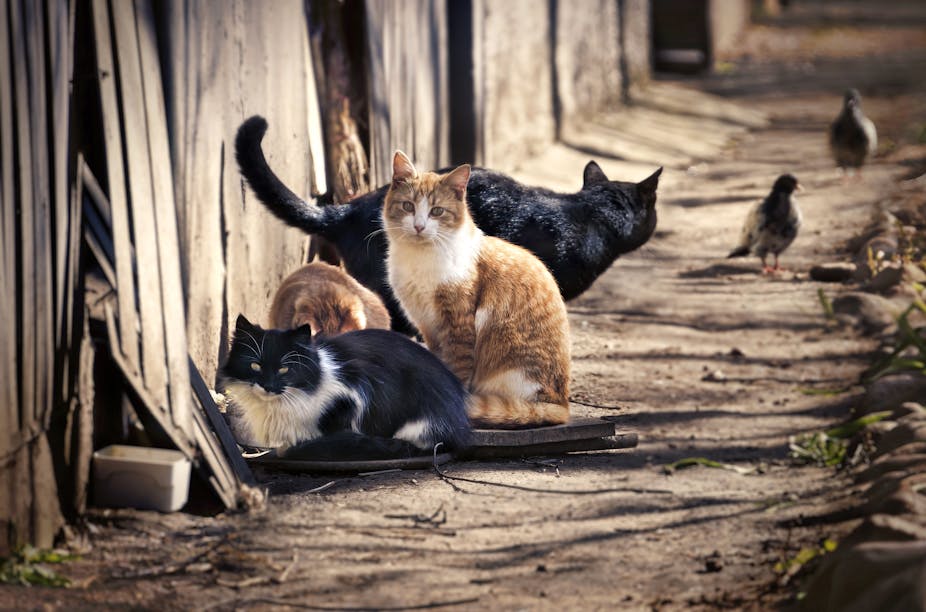Feed a stray cat approximately 1/3 to 1/2 cup of dry food daily. Choose a nutritious wet or dry cat food based on their needs.
Caring for a stray cat can be a rewarding experience that requires some insight into their dietary needs. It’s important to ensure the feline gets a balanced diet, keeping them healthy and robust. Stray cats may have been fending for themselves, thus introducing food gradually can prevent digestive issues.
As you gain their trust, monitor their health and adjust the portions accordingly. Feeding at the same time each day helps establish a routine, comforting for a cat that’s been surviving on its own. A clean, accessible water source is crucial; always provide fresh water alongside their meal. Remember, though this act of kindness is significant, it’s also essential to consider long-term solutions like contacting local animal shelters or arranging for a veterinary check-up to ensure the stray’s well-being.
Feeding Stray Cats: Ethical Considerations
Encountering a stray cat can pull at your heartstrings. Determining the correct approach to help without causing harm presents an ethical dilemma. Consider the balance between assistance and autonomy for these feline friends.
Assessing The Cat’s Needs
Begin by observing the cat’s physical condition. Is the cat thin or well-fed? Look for signs of neglect, like a dull coat or visible injuries. A healthy stray may just be a lost pet.
- Monitor the cat for a few days.
- Check for collars or identification.
- Visit nearby shelters or vet clinics to report.
If you determine that the cat is indeed a stray and needs food, proceed cautiously.
Balancing Help With Independence
Feeding a stray cat can lead to dependence on humans for food. Strive for a balance where the cat retains its survival skills. Offering food should not replace the cat’s instinct to hunt or find resources.
| Action | Outcomes |
|---|---|
| Limit Feeding Times | Promotes hunting at other times. |
| Provide a Consistent Amount | Avoids over-dependence. |
| Use Nutritious Food | Supports health without excess. |
This approach respects the stray’s autonomy while providing some assistance. Take care not to overfeed or create a new set of issues.

Credit: www.facebook.com
Determining The Right Amount
Feeding a stray cat seems simple, but it takes care to do it right. Stray felines vary in needs. Knowing how much to feed them is key. Let’s explore the factors influencing their diet.
Evaluating the Cat’s Health and SizeEvaluating The Cat’s Health And Size
Look closely at the cat’s body when determining food portions. A lean cat may need more sustenance, while an overweight one requires less.
| Health Status | Food Quantity |
|---|---|
| Underweight | Increase portions |
| Healthy Weight | Maintain current portions |
| Overweight | Decrease portions slightly |
Adjusting Portions Based On Activity
Activity level affects how much a cat should eat. Active cats burn more calories; less active ones need less food.
- Active: Give slightly larger portions.
- Less active: Serve smaller portions.
Nutritional Requirements
Feeding a stray cat involves more than just providing leftovers. Cats need a balanced diet rich in proteins, fats, and vitamins. Like any pet, stray cats require a mix of nutrients to stay healthy. If you’re caring for a stray, it’s key to meet its dietary needs.
Identifying Quality Food Options
Quality cat food is essential for a stray’s wellbeing. The right food supports growth, repairs body tissue, and maintains overall health. Look for options containing:
- High protein content – Animal proteins should be the main ingredient.
- Taurine – An amino acid crucial for heart and eye health.
- Fatty acids – These contribute to a healthy coat and skin.
- No fillers – Low nutritional value fillers like corn or wheat gluten should be avoided.
Opt for wet or dry food branded ‘complete and balanced’. This indicates that the food meets the cat’s dietary requirements.
Supplements And Treats
While balanced cat food covers many bases, certain situations call for supplements. Stray cats, often malnourished, might need an extra boost. Supplements can support:
- Joint health – Glucosamine and chondroitin are great for older cats.
- Digestive health – Probiotics can help regulate digestive systems.
- Immune system – Vitamins E and C are powerful antioxidants.
Treats are a way to bond with the stray while providing extra nourishment. Select treats that:
- Are nutritious – Choose those with added vitamins or dental benefits.
- Avoid chemicals – No artificial preservatives or colorings.
Remember, treats should not exceed 10% of the cat’s daily caloric intake.
Feeding Schedule Strategies
Understanding Feeding Schedule Strategies for stray cats ensures they get consistent nutrition. A schedule also helps manage the cat’s health and your interaction with them. Here are practical strategies to implement:
Regular Feeding Times
Setting regular feeding times keeps stray cats healthy. It cuts down overfeeding. Feed strays once or twice a day. Morning and evening times work best. Use the same times daily. This teaches cats when to expect food.
- Choose morning hours, post-dawn.
- Evening feedings should be pre-dusk.
- Stick to the schedule, even on weekends.
Weather Considerations
Weather affects a stray cat’s feeding needs. In cold weather, cats need more calories. They burn more to keep warm. In hot conditions, they eat less. Make slight adjustments to feeding amounts based on the weather.
| Weather | Feeding Adjustment |
|---|---|
| Cold | Increase portions |
| Hot | Decrease portions |
Safe Feeding Practices
Caring for a stray cat goes beyond just offering a meal. It requires thoughtful consideration of the cat’s health and the surroundings. Practicing safe feeding not only ensures the cat gets the nutrition it needs, but also that it is done in a harmonious and healthy manner. Let’s dive into vital safe feeding practices to keep in mind.
Avoiding Health Risks
To maintain a stray cat’s health and your safety, consider these points:
- Check the food’s expiration date before feeding.
- Use disposable plates to prevent disease spread.
- Provide fresh water to avoid dehydration.
- Ensure the feeding area is clear of any hazards.
| Feeding Supply | Reasons for Use |
|---|---|
| Disposable plates | Hygiene and easy cleanup |
| Fresh water | Essential for cat’s health |
Minimizing Human-cat Conflicts
Reducing tension between humans and stray cats is vital:
- Feed at a consistent time to avoid attracting cats throughout the day.
- Pick up any uneaten food to reduce odors and pests.
- Choose a discreet feeding spot away from busy areas.
- Respect neighbors’ boundaries and shared spaces.
Remember, feeding stray cats is a commitment. By following these practices, you contribute to their wellbeing without negatively impacting the community.

Credit: www.feralcats.com
Beyond Feeding: Long-term Solutions
Feeding stray cats is a kind gesture. It meets their immediate needs. Yet, it’s not a long-term solution. There are many ways to help these felines. Let’s explore programs and initiatives that create lasting impacts.
Trap-neuter-return Programs
Trap-Neuter-Return, or TNR, is a humane approach. It controls the stray cat population. Cats are trapped, neutered, and then returned to their territory. This ensures they don’t reproduce. It helps reduce the number of future strays.
Benefits of TNR programs:
- Population Control: Prevents unwanted kittens.
- Healthier Cats: Neutered cats often fight less. They are less likely to spread diseases.
- Better for the community: Fewer stray cats can mean fewer complaints.
Fostering And Adoption Initiatives
Fostering provides a temporary home. Adoption finds them a forever home. These initiatives give strays a second chance. Cat lovers can open their hearts and homes. They can transform a stray cat’s life.
| Initiative | How it Helps |
|---|---|
| Fostering | Provides care until adoption is possible. |
| Adoption | Finds a permanent, loving home. |

Credit: theconversation.com
Frequently Asked Questions Of How Much Should You Feed A Stray Cat
How Often Should You Feed A Stray Cat?
Feed a stray cat once or twice daily, providing food at consistent times to create routine. Always ensure fresh water is available.
Is It Normal For A Stray Cat To Eat A Lot?
Yes, it’s normal for a stray cat to eat a lot. They often face inconsistent food sources, leading to compensatory overeating when food is available.
Will Stray Cats Leave If You Stop Feeding Them?
Stray cats may leave if you stop feeding them as they will seek food elsewhere. However, some may stay due to safety or shelter reasons.
Can Stray Cats Eat Once A Day?
Stray cats can survive eating once a day but may thrive better with more frequent feedings, especially if only small quantities are provided. Regular feeding supports their health and energy needs.
Conclusion
Feeding a stray cat requires balance and understanding. Determine the health needs and avoid overfeeding. Offer a mix of dry and wet food, adhering to the guidelines discussed. Remember to observe local regulations on stray animals. Your kindness can make a significant difference in their lives.

